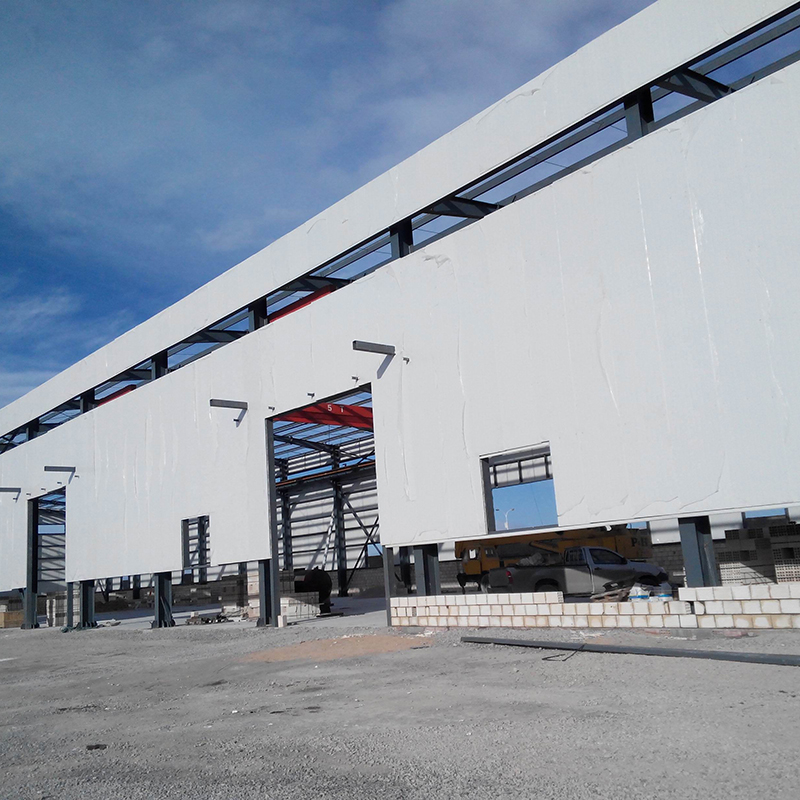Steel member metal has the characteristics of thermal expansion and cold contraction. When the metal is heated locally, the metal at the heated part expands. However, due to the low surrounding temperature, the expansion is hindered, so the deformation of steel member is easy to occur in the process of steel structure processing.There are mechanical correction, flame correction and manual correction when correcting steel members. Today, we will discuss with you what matters should be paid attention to in flame correction.
Steel structure processing
Flame correction is to use the method of local heating to correct the bending, uneven and twisted parts of steel members.It uses the new deformation caused by local heating of metal to correct the original deformation. Therefore, understanding the deformation law caused by local heating of flame is the key to master the flame correction.In the process of flame correction of steel structure, the deformation caused by heating must be opposite to the original deformation to offset the original deformation.Oxygen acetylene or propane gas flame is usually used as the heat source for flame correction, because the oxygen acetylene or propane gas flame has high temperature and fast heating speed.
Steel structure welding
The heating effect of steel structure depends on the heat of the flame heated by the flame.Different heating positions can correct the deformation in different directions, and the heating position should be selected at the longer part of the metal, that is, the local outside of the deformation of the component.If the thermal position is not selected properly, not only can not cause the correction effect, but also can produce new deformation, which is superimposed with the original deformation, making the deformation larger.Different ability of correcting deformation can be obtained by heating with different flame.If the heating rate is not enough, the larger the heating capacity is, the stronger the correction capacity will be.
In flame straightening of low carbon steel and low alloy high strength steel, the heating temperature of 600-650 ℃ is often adopted. Generally, the heating temperature should not exceed the upper limit temperature to avoid overheating of metal during heating. The above heating temperature is used for deformation parts with thick steel plate thickness, such as steel plate deformation parts with thickness greater than 10 mm, to correct side bending, camber, twist and blister (including blistering deformation of sheet metal with plate thickness of 6 mm))Correction of deformed parts.Of course, some metal parts only need to be heated to about 300 ℃ or lower, which also plays a corrective role. Valuable experience comes from practice. The color change of steel in the heating process indicates different temperatures.
Post time: Jul-31-2020

